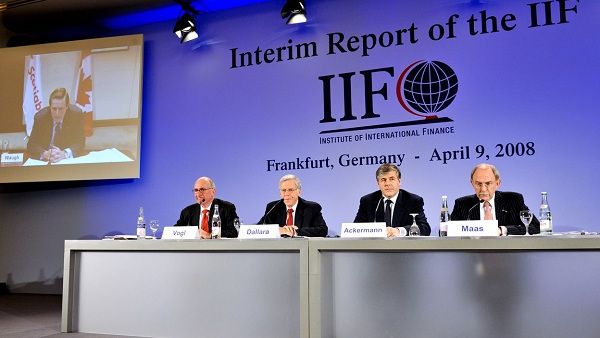The UAE’s economic growth is projected to moderate to 3.6 per cent in 2013 from an estimated growth of 4.8 per cent last year, forecasts by Institute of International Finance (IIF), the Washington-based global association of financial services firms with more than 470 member institutions showed.
According to the latest forecast from IIF, the whole of the GCC region is expected to witness a lull in growth to 3.8 per cent in 2013 compared to an average estimated growth of 5.8 per cent in 2012 due to flattening oil production and relatively lower crude prices.
Non-hydrocargon real GDP, more representative of the overall economic activity in the region is forecast to stay at around 5 per cent in 2013 (compared to 5.8 per cent in 2012), driven by high government spending and continued recovery in the private sector.
“In the GCC countries growth has been driven by rising public sector spending, especially on physical and social infrastructure, and buoyant private sector activity. However, to sustain this momentum as the share of the hydrocarbon sector continues to decline, structural reforms need to be deepened and sustained,” said George T. Abed, IIF Senior Counsellor and IIF Director for Africa and the Middle East.
Although the IIF projects the Guf contries will continue to maintain high fiscal balances in 2013, it expects the external current account balances to decline as a result of lower crude prices.
“We expect average oil prices to be $108 per barrel this year. The GCC’s crude oil production is projected to decrease slightly. As a result, the consolidated external current account surplus for the GCC is likely to decline from a peak of $389 billion in 2012 to $334 billion in 2013, but still leading to sizeable accumulation of foreign assets, which could rise to around $2.5 trillion by year-end,” said Garbis Iradian, IIF Deputy Director, Africa and Middle East Department.
Persistent rise in government spending in recent years has raised the budget revenue requirements of most Gulf countries, making them vulnerable to sustainable drop in oil prices. The government spending in the region has expanded at an annual rate of 15 per cent, driving up the average breakeven oil price from $49 in 2007 to $69 in 2012 and the IIF expect it to rise further to $75 in 2013.
In the UAE, the nonhydrocarbon GDP growth for 2013 is forecast at 4.5 per cent compared to 4.1 per cent last year. “Higher government capital spending in Abu Dhabi and continued robust growth in trade, tourism, and transportation in Dubai has helped the expansion of non-oil economy of the UAE, lower its breakeven oil prices,” said Iradian.
The IIF report observed that the UAE’s financial services sector is fast recovering from the impact of the global financial crisis. Since the onset of the global financial crisis and, subsequently, the Dubai debt difficulties, financial institutions that were affected by the crisis have steadily strengthened their balance sheets. The IIF expects the lending activity in the UAE to strengthen this year as the rise in provisions is tapering off and NPLs have begun to trend downwards.








